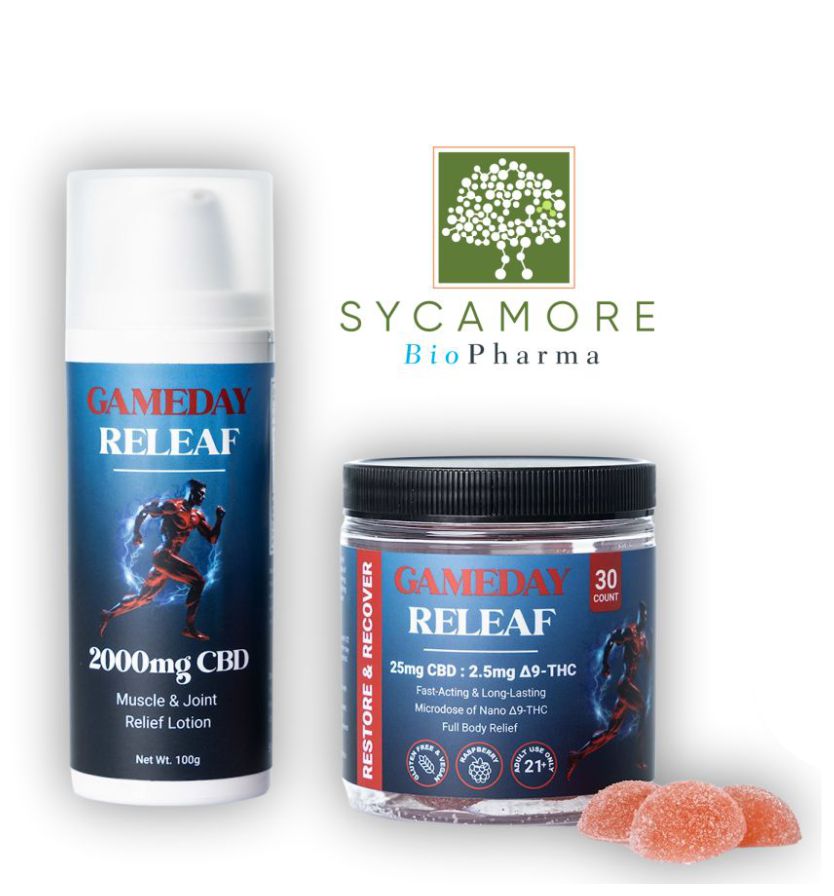Covered Greens At Tidewater Golf Club
Shaun Donahue, Superintendent, welcomes Shan Coughlin out to the 17th green to talk about the Covered Greens at Tidewater Golf Club. With the salt marsh in the background, this is one of the most scenic places on the course. Tidewater is one of only three courses on the Grand Strand to use greens covers. They implemented this process in 2015. Shaun says that last year was a learning year, more with how to fasten the covers down as the wind can get underneath and send them flying. Tidewater Golf Club is very close to the ocean and right on the salt marshes so as you will see in the video, some of the holes get quite a bit of wind. Shaun tells Shan that the covers are becoming more popular with the courses that have Ultra Dwarf Bermuda grass on their greens to protect them when the temperatures go low and the wind is dry which can desecrate the plant.
With just under four acres of green surface, Tidewater Golf Club has just under five acres of covers to put down when Shaun says its time. They are made of polypropylene which he says is like a very heavy duty reusable shopping bag with reinforced safely belt type handles. It takes between eight and twelve men to cover a green depending on the wind. More than once they have had several men holding the handles get dragged across the green when a gust caught them by surprise. This is due to the sail like construction of the fabric. Shaun says he definitely understand the power behind those boats now that he has worked with these covers. Once in place, they use stakes to pin them down in the grass and for those areas that may cross into a bunker, they use sandbags to make sure no wind gets underneath during the night.
So what do the greens covers do? Shaun tells Shan that when the temperature is expected to get to 27 degrees or less, they cover the greens. The Ultra Dwarf Bermuda is pretty good at handling cooler temperatures but when mixed with a dry wind, it can be devastating. The covers create a thermal blanket effect, trapping the earth’s heat between the ground and the cover. In one instance, Shaun reports that when the exterior temperature was 23 degrees, one of the greens with a sensor reported the temperature as 68.8 degrees. Not only is this great protection but he says that if they have to cover them for a few days in a row, they not only have the benefit of protected greens, but the grass tends to turn back to green and they actually have to mow them. Tidewater has sensors in a few of their greens to monitor ground temperature, moisture and salinity.
What does this mean for the golfer? This means that there is significantly less risk of severe damage to the greens due to cold weather which means better putting conditions all year long. When a staff implements this type of dedication mixed with technology, you can rest assured that they are in tune with the grass on this golf course to a higher level, evidenced by the many accolades they have received in the past and the ones they are sure to get in the future.
For more information about Tidewater Golf Club in Little River South Carolina, visit their website www.tidewatergolf.com where you can book your next tee time at the best rate. Also be sure to ask your travel provider for the Myrtle Beach Best golf package including Tidewater Golf Club.



